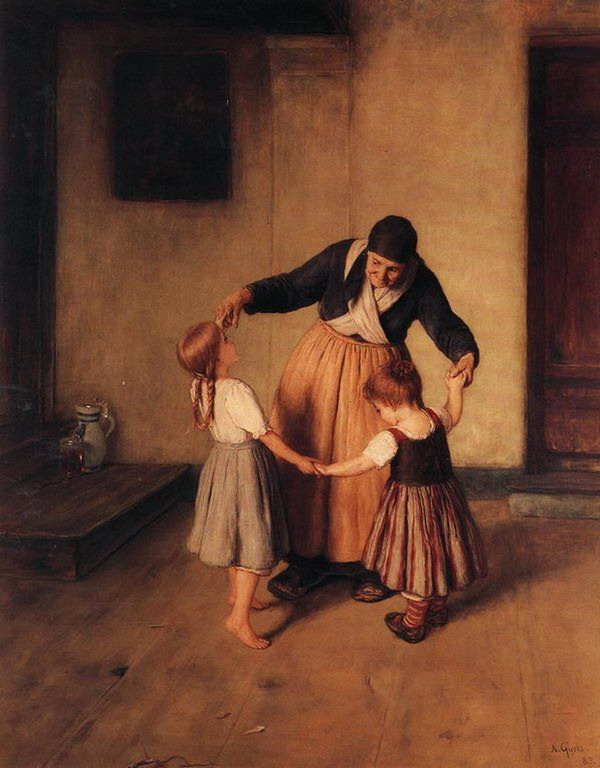“Compassion is a verb.”
― Thích Nhất Hạnh
India tsunami couple find joy in helping orphans
26 DECEMBER 2014 VIETNAMNET BRIDGE RAHUL TANDON
TAMIL NADU (BBC) -- Karibeeran Paramesvaran can never forget 26 December - it is his birthday, but he has not celebrated it for the past 10 years.... Out of the 11 people who went to the beach that morning, he was the only one who survived. Some of the bodies were never recovered.
... He wanted to dig a grave for each of them. But he did not have the strength, so in the end he buried them all together.
He wanted to throw himself into the grave and a few days later asked his wife to buy him some poison.
All he could see, he says, was the face of his son slipping away out of his hands. "How could I live when the sea had taken all my three children?" he says.
But 10 years on, he is still here. He has two children now but looks after many more. The way he has survived is by helping others.
In his area alone more than 60 children lost their parents and his wife told him that they had to try and help them.
Initially they took in four children - three girls and a boy.
Now they have more than 30 children staying with them in their home which has been renamed the Nambikkai (Hands of Hope).
It is full of laughter and life. As the children play around her, Churamani tells me: "People say we have helped them, but they have helped us. Without them, we would have ended blaming each other for what happened."
Mr Paramesvaran nods his head in agreement. "Ten years on, I have to keep busy every minute of the day otherwise I see Kirubasan's hand slipping out of mine. These children have saved my life, I have not saved theirs." Read More
Dezeen's top architecture quotes of 2014
26 DECEMBER 2014 DEZEEN ANNA WINSTON
26 DECEMBER 2014 DEZEEN ANNA WINSTON
"The criteria for architecture after the tsunami is humbleness" – Kengo Kuma
On the anniversary of the Japanese tsunami of 2011, Japanese architect Kengo Kuma explained how the catastrophe made him rethink his attitude to architecture and called for architects to "be humble".
"The problem of twentieth century society was the arrogance of designers and engineers," he told Dezeen. "Every architect and engineer thought that architecture was much stronger than nature. After the tsunami, we finally found that we were weak in front of the power of nature."
"After the tsunami in March 2011, I changed my definition to nature. The criteria for architecture after the tsunami is humbleness." Read More
Pollution-guzzling, Air-cleaning Buildings
23 MAY 2014 IFL SCIENCE JANET FANG
... Cities around the world are increasingly turning to technology for solutions, and here are some of the most innovative designs.Palazzo Italia, Milan. A façade for the pavilion will be built using air-purifying, “biodynamic” cement, which removes pollutants from the air and turns them into inert salts. Apparently, the material from Italcementi only adds 4-5 percent to the construction costs. Designed by architectural firm Nemesi & Partners, the jungle-inspired shell will cover 13,000 square meters across six floors, and it’s set to launch at the 2015 Milan Expo. Scientists in the Netherlands have adapted the photocatalytic material to roads, claiming it can reduce nitrous oxide concentrations by 45 percent.
Manuel Gea González Hospital, Mexico City. Last year, the hospital unveiled a "smog-eating" façade covering 2,500 square meters. The titanium dioxide coating reacts with ambient ultraviolet light to neutralize elements of air pollution, breaking them down to less noxious compounds like water. This was Berlin-based Elegant Embellishment’s first full-scale installation, and its designers claim the façade negates the effects of 1,000 vehicles each day. Funded by Mexico’s Ministry of Health, the project is part of a three-year, $20 billion investment into the country’s health infrastructure.
In Praise of Air, UK. This gigantic 10x20 meter poster with the poem by Simon Armitage sucks up air pollution. Tony Ryan of University of Sheffield and colleagues created the poster, which contains microscopic titanium dioxide nanoparticles that can absorb about 20 cars’ worth of nitrogen oxide a day. It would add less than $200 to the cost of a giant advertisement. The team envision billboards made of the same material posted along highways and congested roads.
Catalytic Clothing. The poem is actually an offshoot of this collaboration between designer Helen Storey and Ryan. Their goal is to incorporate the titanium dioxide nanoparticles into laundry detergent to coat clothing. According to Ryan, one person wearing the nanoparticle-washed clothes could remove 5 to 6 grams of nitrogen dioxide from the air a day; two pairs of jeans could clean up the nitrogen dioxide from one car.
Synthesized spider web. According to Oxford’s Fritz Vollrath, the thinness and electrical charge of spider silk fibers, in addition to the glue-like liquid coating, allows them to catch any particles that fly through the air. These synthesized silk webs could be used like a mesh to capture pollutants -- including airborne particulates, chemicals, pesticides, or heavy metals -- coming out of chimneys or even disaster zones. Read More

No comments:
Post a Comment